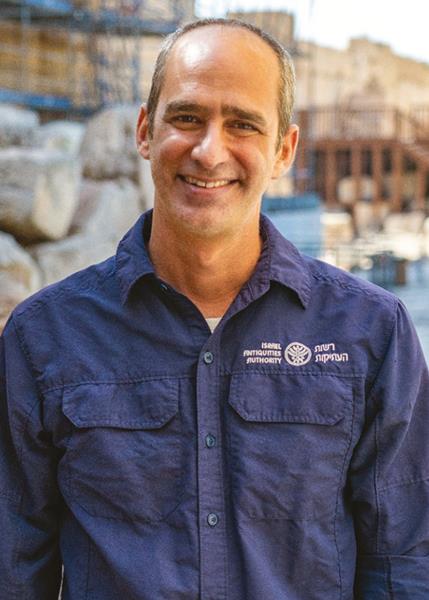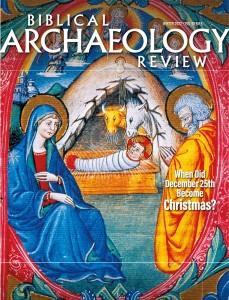
Joe Uziel, who heads the Dead Sea Scrolls Unit at the Israel Antiquities Authority (IAA), spent many years excavating the City of David and the Western Wall Tunnels. BAR Assistant Editor Nathan Steinmeyer recently sat down with Uziel to discuss the IAA’s critical role in the conservation, curation, documentation, and research of the Dead Sea Scrolls. The conversation has been edited and modified for clarity and readability.
(1)2345
When did conservation of the Dead Sea Scrolls become a priority?
UZIEL: In 1947, the first scrolls were discovered in Qumran. Today, we have some 1,000 manuscripts made up of about 25,000 fragments. Over the last 70 years numerous treatments were carried out on the scrolls, always with the best intentions, to unroll them, improve legibility, and piece them together. The most noteworthy treatments were the extensive use of pressure sensitive tape by the first scholars, in the 1950s, to join fragments and the occasional use of castor oil and other surface treatments to conserve the scrolls. These practices, together with the employment of glass plates to encase the fragments, proved detrimental to the scrolls. Additionally, the use of British Museum Leather Dressing in the early 1960s and acrylic glue in the 1970s caused further damage to the fragments.
1(2)345
How did the IAA get involved?
Already a library member? Log in here.
Institution user? Log in with your IP address.

